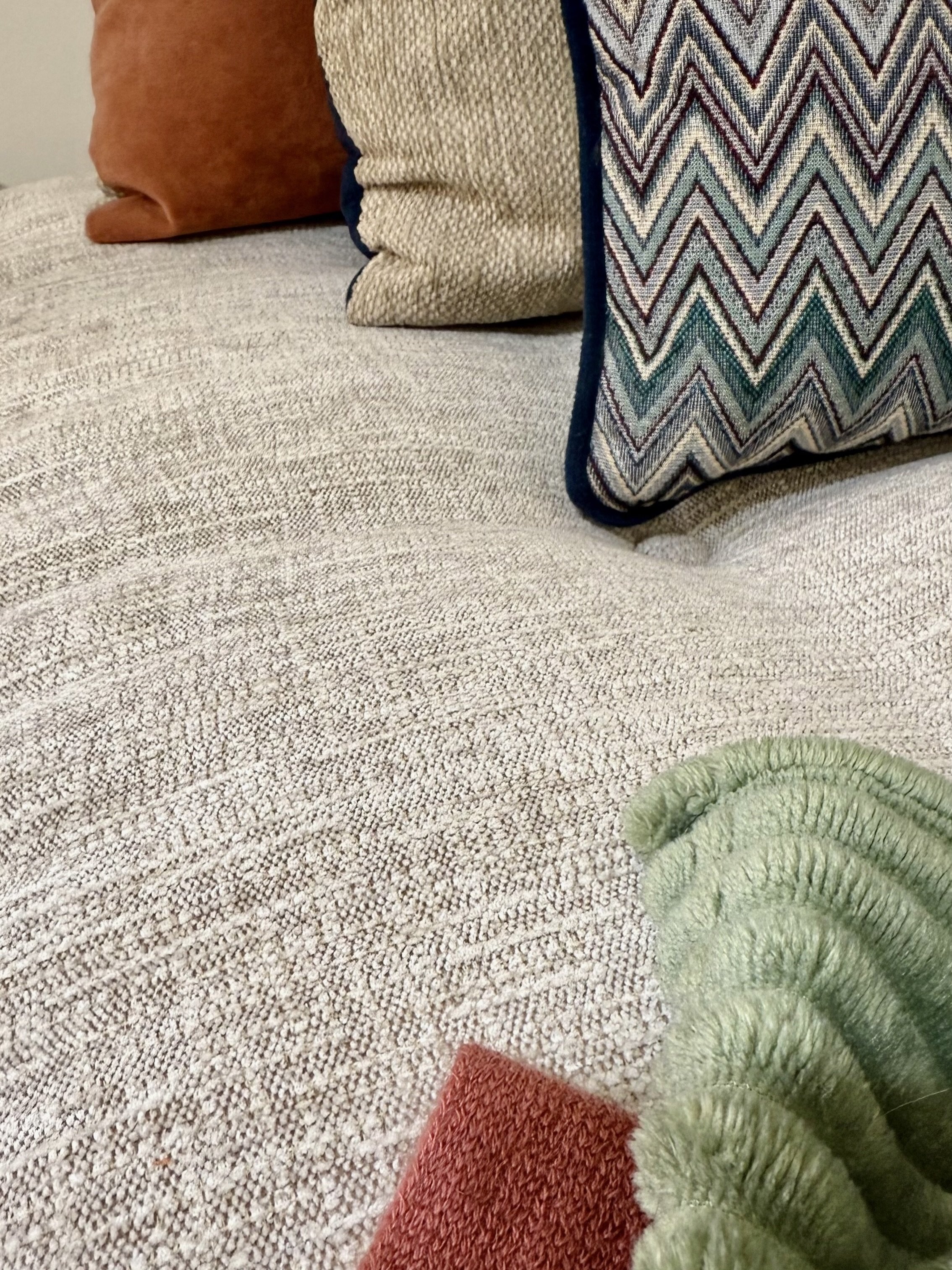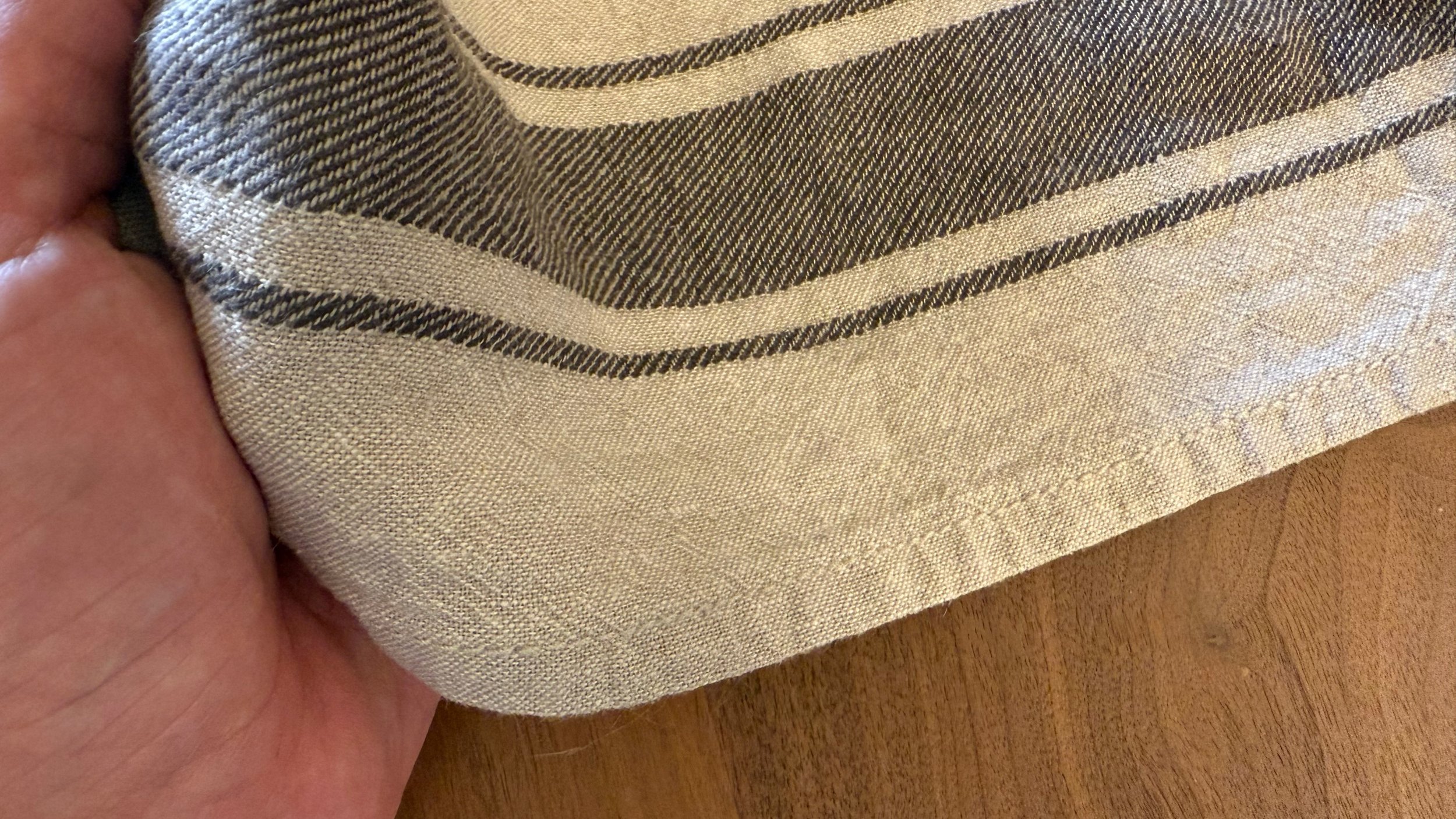Textures in Interior Design: The Secret to a Visually Rich Space
Introduction
In interior design, texture is often the unsung hero that brings depth, warmth, and character to a space. While color and form define the overall aesthetic, texture adds dimension and tactile appeal, making an environment feel complete. Whether through fabrics, materials, or finishes, thoughtful use of textures can elevate a design from flat to dynamic.
The Science Behind Texture
Texture is not just about how a surface feels—it also affects how we perceive a space. The same material can look and feel entirely different depending on its finish. For example, marble can have a polished, honed, brushed, or leathered finish—each altering the way light interacts with the surface, impacting both aesthetics and functionality.
A single type of marble displayed in four different finishes, emphasising how texture impacts the final result
Layering Textures for Depth
Achieving a harmonious mix of textures requires balance and contrast. Here’s how to layer textures effectively:
Mixing Soft and Hard Surfaces: A plush rug can soften the starkness of concrete flooring, while a smooth leather sofa contrasts beautifully with a rough stone wall.
Using Textiles to Add Warmth: Curtains, cushions, and throws can introduce softer elements into a space dominated by sleek or industrial materials.
Pairing Matte and Glossy Finishes: The interplay of matte-painted walls with high-gloss furniture or metallic accents creates an elegant contrast that enhances visual interest.
Incorporating Natural Elements: Wood, stone, and woven materials bring warmth and authenticity to modern interiors.
Balancing Large and Small Textures: Large textured elements, like a stone fireplace, should be complemented with finer details, such as woven fabrics or patterned tiles, to create a layered effect.
How Lighting Enhances Texture
Lighting plays a crucial role in how textures are perceived. Natural and artificial light sources interact with materials in different ways:
Natural Light: Brings out the true essence of materials, highlighting their inherent depth and character.
Directional Lighting: Spotlights or track lighting can emphasize textured surfaces like exposed brick or wood grain.
Soft Ambient Lighting: Diffused lighting creates a more uniform look, softening harsh textures and making a space feel cozier.
Accent Lighting for Drama: Wall sconces or LED strip lighting can cast shadows on textured surfaces, enhancing their depth and visual impact.
Choosing the Right Textures for Different Spaces
Different rooms require different textural elements to create the desired ambiance. Here are some guidelines:
Living Rooms: Mix cozy textiles (wool, velvet) with hard surfaces (metal, glass) to achieve a balanced and inviting atmosphere.
Bedrooms: Prioritize soft, tactile elements such as linen bedding, plush rugs, and upholstered furniture for comfort.
Kitchens: Use smooth, durable materials like stone countertops and ceramic tiles, complemented by natural wood accents for warmth.
Bathrooms: Combine sleek finishes like polished marble or glass with organic elements such as wood or woven baskets for a spa-like feel.
Real-Life Applications of Texture in Interior Design
Some of the most stunning interiors masterfully blend textures to create a well-rounded aesthetic. A contemporary space might feature a sleek marble countertop paired with rough-hewn wooden cabinetry, while a cozy lounge could balance plush upholstery with cool metallic accents. By thoughtfully incorporating texture, designers can create spaces that feel dynamic, layered, and inviting.
For instance, in one of our recent projects, we used a combination of micro-cement walls, matte black metal accents, and warm wooden furniture to achieve a refined yet comfortable ambiance. Layering textures in this way added depth without overwhelming the space.
Conclusion
Texture is an essential component of interior design that goes beyond aesthetics—it shapes how a space feels and functions. By carefully selecting and layering different textures, you can create interiors that are not only visually rich but also deeply engaging. Whether designing a sleek modern home or a cozy retreat, texture is the key to making a space come alive.
Are you ready to explore the transformative power of texture in your next project? Let’s create a space that’s as tactile as it is beautiful. Get in touch with us today to discuss your vision!









